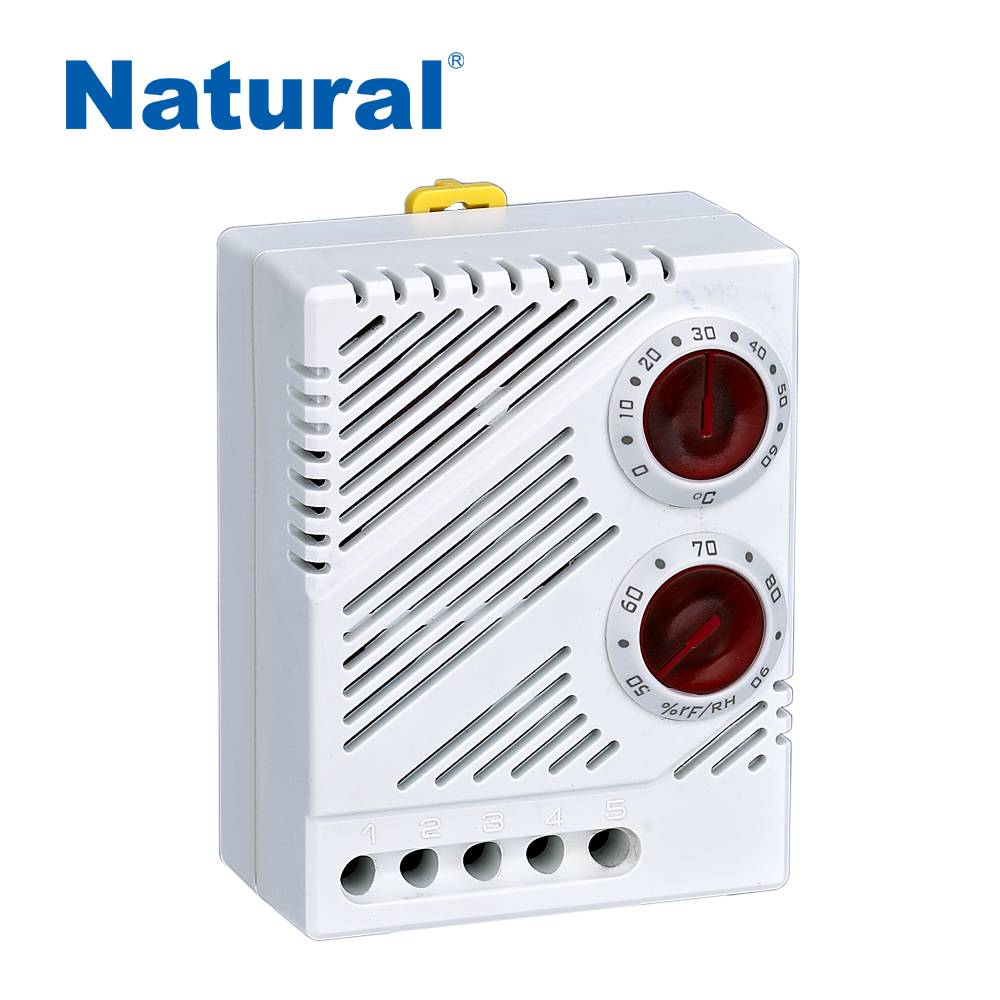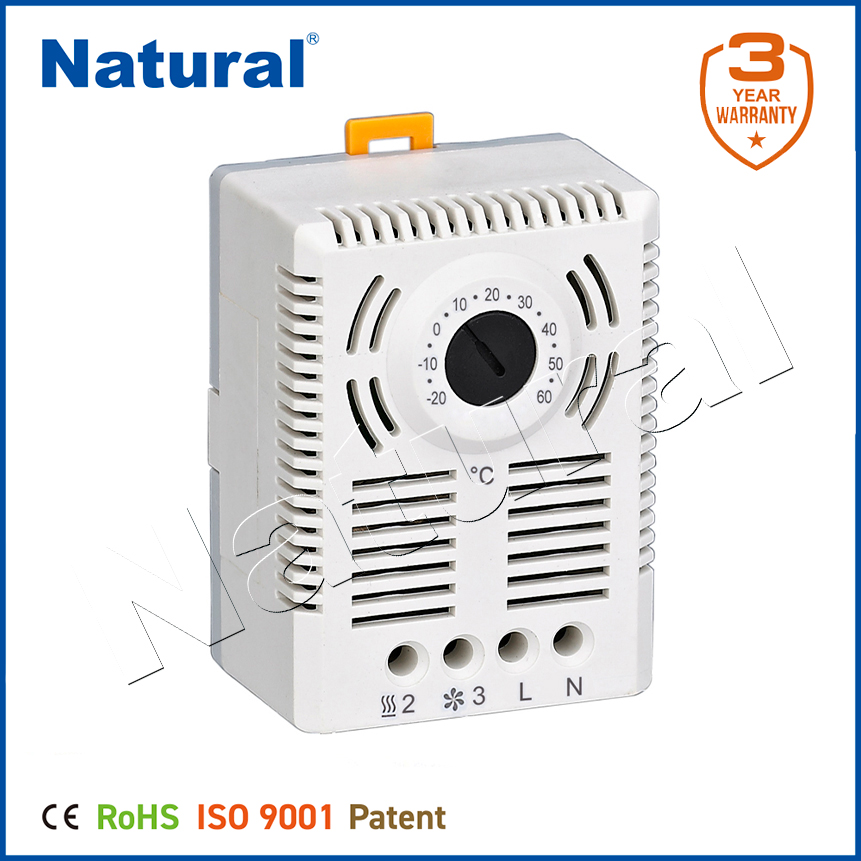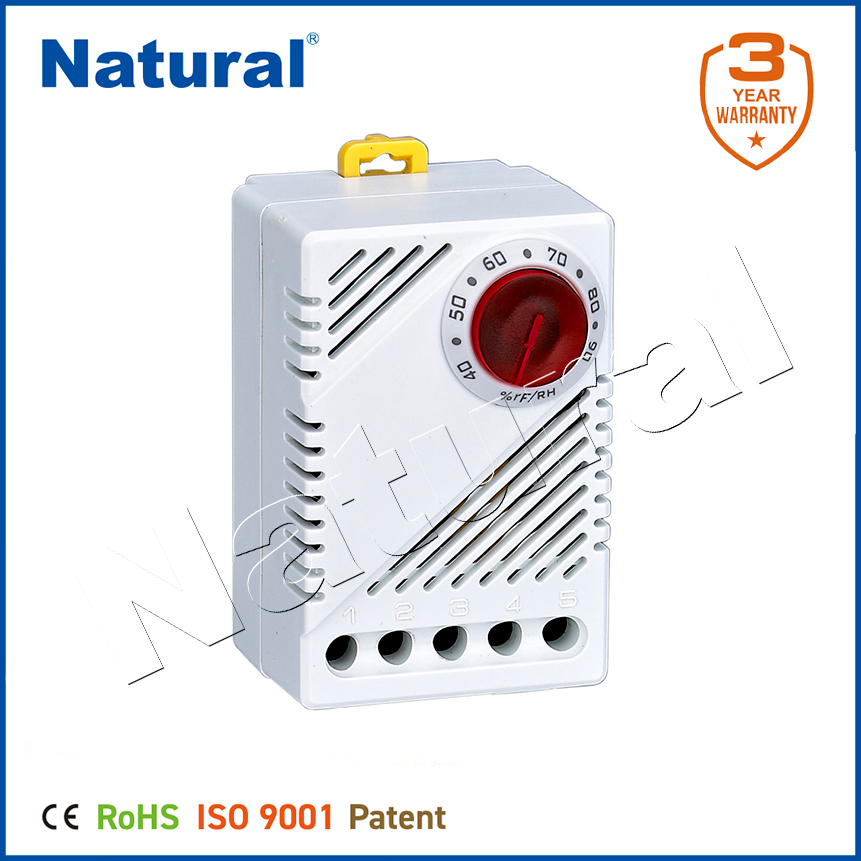In many environments, maintaining the correct humidity level is essential for both comfort and health. Whether it’s in a home, office, industrial setting, or scientific lab, regulating humidity helps prevent problems associated with excessive moisture or dryness. An effective tool for achieving this is the Electronic Hygrostat, a device designed to automatically control the humidity level in a given space. This article explores the importance of the electronic hygrostat, its functionality, and its applications in various fields.

Understanding the Electronic Hygrostat

An Electronic Hygrostat is a sophisticated device that combines a humidity sensor and an electronic control mechanism. It continuously monitors the ambient humidity level and activates or deactivates connected devices (such as humidifiers or dehumidifiers) to keep the environment within a specific, pre-set humidity range. The primary goal of an electronic hygrostat is to maintain a consistent and optimal humidity level, which can be critical for both human comfort and the preservation of materials and equipment. At the core of an electronic hygrostat is a humidity sensor, typically a capacitive or resistive type, that detects the relative humidity in the air. Once the sensor detects a change in the humidity level that falls outside the desired range, the hygrostat triggers the corresponding equipment (humidifiers or dehumidifiers) to either add or remove moisture from the air. The ability to program specific humidity thresholds allows the user to tailor the system to their needs.
